Caméra combinée refroidie QHYCCD MiniCAM8M (mono) Deep Sky Combo et roue filtrante (QHY-MINICAM8M-COMBO)
120022
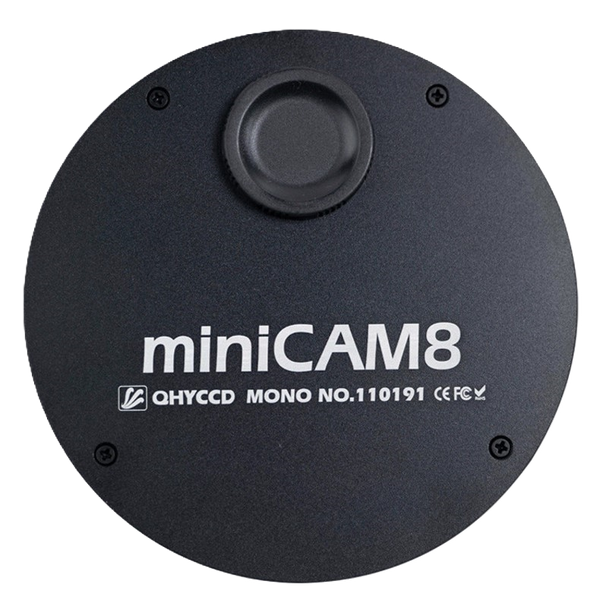
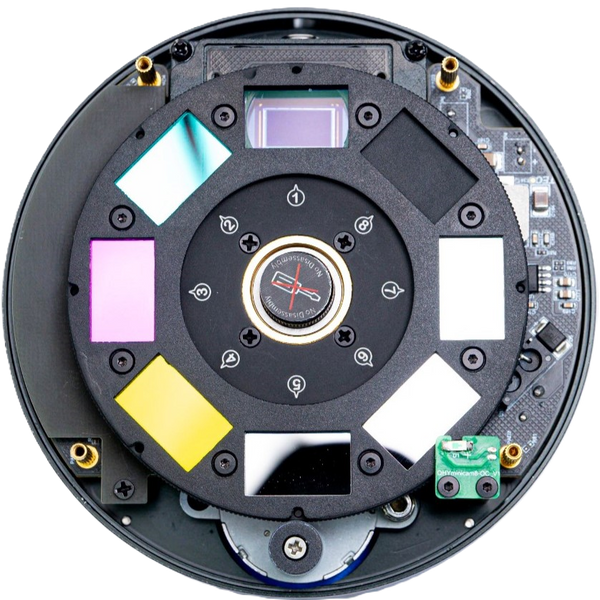
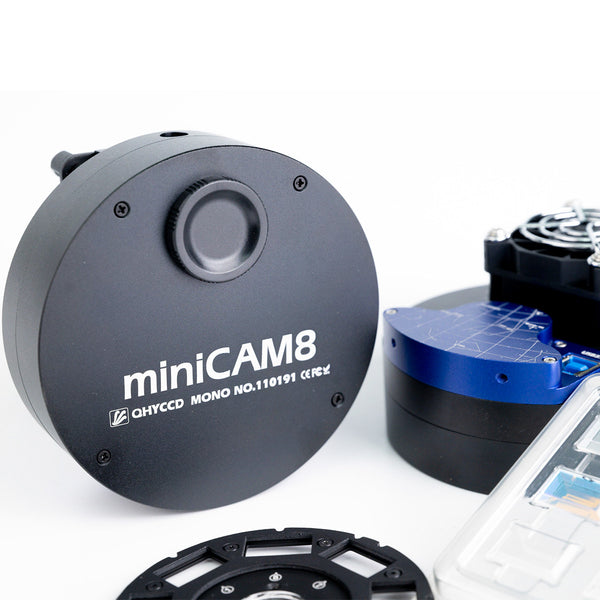



Caméra combinée refroidie QHYCCD MiniCAM8M (mono) Deep Sky Combo et roue filtrante (QHY-MINICAM8M-COMBO)
120022
Produits de la même famille
Why Purchase from All-Star Telescope?
Free Expert Support
Whether you are a first timer needing help with setting up or an enthusiast that can't quite make that one thing work, our expert staff are ready to support your needs. With decades of knowledge and first hand experience we've been there and we can help you through it!
Stress Free, Secure Transactions
You can trust purchasing and delivery with All-Star Telescope. All of our transactions are 100% secure and Level 1 PCI DSS compliant thanks to Shopify's ShopPay platform. For additional protection, we insure 100% of the value of every shipment we make. If it get's lost during shipment, we replace it. If it gets damaged during shipment, we replace it. We make sure your product arrives exactly as you would expect it to; we promise.
We also ensure privacy protection. We never keep any of your credit card information on file and any of your personal data is stored according to our policies.
30 Day Return Policy
Buy with confidence knowing that we accept returns up to 30 days after purchase. We want you to have something you will actually use and we are confident that we keep good quality products in our store with No Junk.
Price Match Promise
Shipping around for the best price is tough, we make it easier by offering the best pricing in the market. But if you find a better price on an in-store item somewhere else we will match it!
Description du produit
Avec un peu plus de 4 pouces de diamètre et quelques pouces d'épaisseur (IMX585), le nouveau MiniCAM8 est un système d'imagerie compact, haute résolution, haute performance et refroidi, capable d'images exceptionnelles et de haute qualité de l'espace lointain ainsi que d'images planétaires de haute qualité et haute résolution.
La compacité en astro-imagerie est souvent obtenue au détriment d'autres caractéristiques essentielles des systèmes refroidis à plusieurs composants, comme la qualité du capteur ou le refroidissement thermoélectrique, etc. Ce n'est pas le cas avec la nouvelle miniCAM8. Basée sur le capteur IMX585 8 MP de Sony, la MiniCAM8 comprend un refroidissement TE complet capable d'atteindre un delta de -45 °C par rapport à la température ambiante ainsi qu'une roue filtrante à 8 positions intégrée pour une imagerie LRGB complète et à bande étroite.
L'option Deep Sky Combo comprend également des filtres personnalisés, spécialement conçus pour correspondre aux caractéristiques spécifiques des caméras.
Caractéristiques de la MiniCAM8
Haute sensibilité proche infrarouge
L'IMX585 est un processeur Sony Starvis II qui permet une sensibilité élevée et une plage dynamique élevée (HDR). Il améliore également la sensibilité dans la plage proche infrarouge d'environ 1,7 fois par rapport à l'IMX485. La nouvelle caméra MiniCAM8 a une efficacité quantique maximale de 60 % dans la bande proche infrarouge et de 92 % dans la bande de longueur d'onde visible.
BSI
L'un des avantages de la structure CMOS rétroéclairée est l'amélioration de la capacité de puits complet. Cela est particulièrement utile pour les capteurs dotés de petits pixels. Dans un capteur classique à éclairage frontal, les photons de la cible qui pénètrent dans la couche photosensible du capteur doivent d'abord traverser le câblage métallique intégré juste au-dessus de la couche photosensible. La structure du câblage réfléchit certains des photons et réduit l'efficacité du capteur.
Dans le capteur rétroéclairé, la lumière peut pénétrer dans la surface photosensible par l'arrière. Dans ce cas, la structure de câblage intégrée du capteur se trouve sous la couche photosensible. Par conséquent, davantage de photons entrants frappent la couche photosensible et davantage d'électrons sont générés et capturés dans le puits de pixels. Ce rapport entre la production de photons et d'électrons est appelé efficacité quantique. Plus l'efficacité quantique est élevée, plus le capteur est efficace pour convertir les photons en électrons et, par conséquent, plus le capteur est sensible à la capture d'une image de quelque chose de sombre.
Lueur zéro ampère
MiniCAM8 est également une caméra à lueur sans amplificateur.
Technologie anti-rosée
S'appuyant sur près de 20 ans d'expérience en matière de conception de caméras refroidies, la caméra refroidie QHY a mis en œuvre des solutions de contrôle total de la rosée. La fenêtre optique est dotée d'un dispositif de chauffage de la rosée intégré et la chambre est protégée de la condensation de l'humidité interne. Une plaque chauffante électrique pour la fenêtre de la chambre peut empêcher la formation de rosée, et le capteur lui-même est maintenu au sec grâce à notre conception de douille de tube en gel de silicone pour le contrôle de l'humidité dans la chambre du capteur.
Refroidissement
En plus du refroidissement TE à deux étages, QHYCCD implémente une technologie propriétaire dans le matériel pour contrôler le bruit du courant d'obscurité.
Mode Linéarité HDR
Le convertisseur analogique-numérique natif du capteur IMX585 est de 12 bits. Par rapport au 16 bits, la profondeur de 12 bits offre moins de bits, ce qui entraîne une plage dynamique relativement plus étroite, ce qui peut entraîner des problèmes tels qu'une gradation de couleurs insuffisante et une perte d'informations potentielle. Lors du développement du produit MiniCAM8, QHYCCD a fusionné les gains élevés et faibles pour étendre les données à 16 bits. Cependant, comme cette profondeur de 16 bits n'est pas native, un changement soudain de linéarité peut se produire, affectant la transition en douceur des images. Pour résoudre ce problème, QHYCCD a développé le mode « Linearity HDR », qui utilise une approche basée sur un algorithme pour corriger la linéarité de l'image via un logiciel, garantissant des transitions plus fluides et une représentation des couleurs plus riche.
En mode « Linéarité HDR », le puits complet est de 46 ke-, tandis que le bruit de lecture n'est que de 1,0e- ; la plage dynamique atteint jusqu'à 46 300:1, soit 93 dB ou 15,5 stops.
Filtres combinés Deep Sky
Les filtres astronomiques inclus avec les combos deepsky miniCAM8 sont conçus sur mesure pour correspondre aux caractéristiques spécifiques des caméras. La taille est de 19 mm * 12 mm * 1,1 mm. Les filtres à bande étroite LRGB et SHO pour le combo deepsky MiniCAM8M sont personnalisés par XiMei Filters. Les filtres LRGB ont une valeur de densité optique (OD) de 3, tandis que les filtres à bande étroite ont une valeur OD de 5.

Caractéristiques
| Modèle | MiniCAM8 |
| Capteur CMOS | Sony IMX585 |
| Mono/Couleur | Les deux sont disponibles |
| BSI/FSI | BSI |
| Taille du capteur | 1/1,2 pouce |
| Taille des pixels | 2,9 μm*2,9 μm |
| Surface totale en pixels | 3856*2180 |
| Pixels effectifs | 8MP |
| Capacité totale du puits | 54ke- Linéarité du mode HDR : 46ke- |
| Bruit de lecture | 0,76 - 7,8 e- Linéarité du mode HDR : 1,0e- |
| Pic de l'assouplissement quantitatif | Mono: 92% Couleur : R : 82 % ; G : 87 % ; B : 75 % |
| Plage dynamique | Mode HDR de linéarité : la plage dynamique atteint jusqu'à 46 300:1, soit 93 dB ou 15,5 stops. |
| ANNONCE | Double 12 bits (sortie en 16 bits) |
| Taux d'images plein écran | Résolution complète : 41,5 FPS à 8 bits et 23,5 FPS à 16 bits |
| Taux de trame ROI | Résolution complète 1080 lignes, 82 FPS à 8 bits, 47 FPS à 16 bits à 640 lignes, 177 FPS à 8 bits, 105 FPS à 16 bits |
| Plage de temps d'exposition | 11 μs-900 s |
| Type d'obturateur | Volet roulant électronique |
| Tampon d'image intégré | 512 Mo DDR3 |
| Interface informatique | USB 3.0 |
| Interface du télescope | 1,25 pouce |
| Type de fenêtre optique | AR+AR |
| Roue filtrante | Carrousel intégré à 8 positions |
| Distance focale arrière | 17,5 mm |
| Circuit de refroidissement | Refroidisseur TEC à deux étages : Expositions longues (> 1 seconde) généralement -45°C en dessous de la température ambiante |
| Poids | 480g |
Dimensions

Courbes du capteur de la caméra





Courbes QE (Mono/Couleur)


Qu'y a-t-il dans la boite
Articles, vidéos et liens supplémentaires
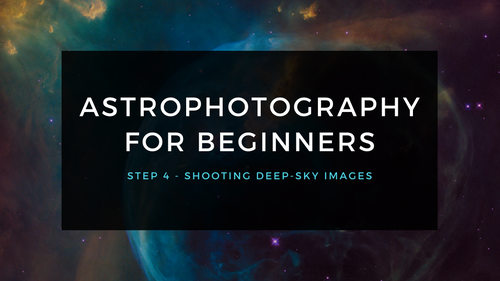
Astrophotographie pour les débutants Étape 4 : Prendre des images du ciel profond
Prendre des photos du ciel profond peut être intimidant, heureusement, il existe un processus simple à suivre pour vous permettre d'obtenir de superbes photos ! Voici le processus typique pour pren...
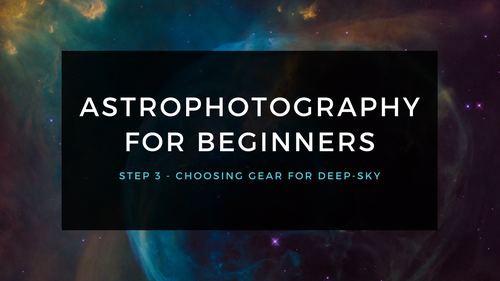
Astrophotographie pour les débutants Étape 3 : Choisir l'équipement pour l'imagerie du ciel profond
L'utilisation d'un capteur d'étoiles vous permet d'acquérir de l'expérience avec les principes fondamentaux de l'imagerie du ciel profond. Tirer sur la Lune vous permet d'acquérir de l'expérience ...
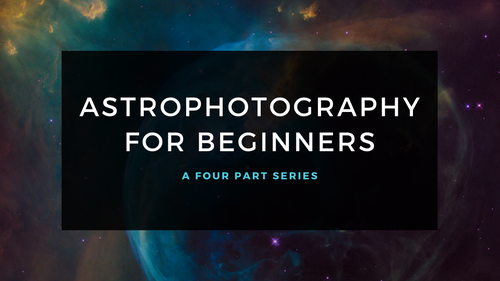
Astrophotographie pour les débutants - Commencer ici : Entrer dans l'astrophotographie étape par étape
Photographier le ciel nocturne n'a jamais été aussi populaire, ni aussi facile. Le choix d'équipement n'a jamais été aussi meilleur, ni plus abordable. Cependant, selon les conseils donnés par Dick...
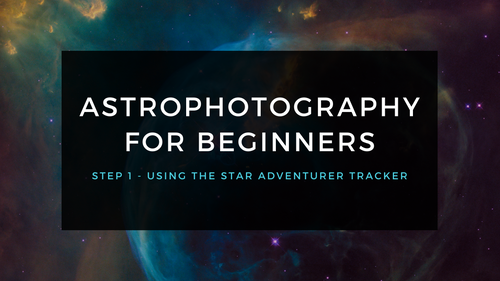
Astrophotographie pour les débutants Étape 1 : Utilisation du Star Adventurer Tracker
Le moyen de loin le plus économique et le plus simple de capturer de belles images de la Voie lactée et de grands objets du ciel profond comme la galaxie d'Andromède (illustré ici) est d'utiliser u...
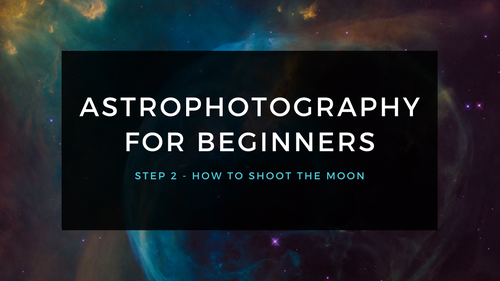
Astrophotographie pour les débutants Étape 2 : Comment photographier la Lune
Les gros plans de la Lune sont gratifiants et constituent un moyen facile d'apprendre à photographier à travers votre télescope. Bien que de bons résultats soient possibles avec un appareil photo d...


